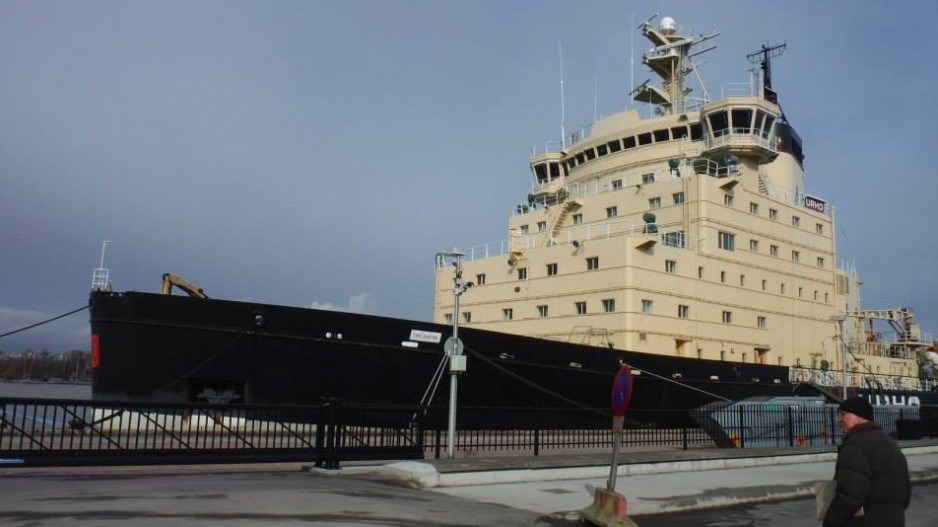The Polar Icebreaker Project launched more than a decade ago – and last estimated to cost Canada $2.6 billion – will likely carry a price tag almost three times that amount.
That is the finding of a Parliamentary Budget Officer fiscal analysis released today, which puts the estimated price tag of the two new icebreaker vessels at $7.25 billion.
That figure includes $6.1 billion in acquisition costs, as well as $820 million for design and $346 million for management costs. It dwarves a 2013 estimate that the icebreaker vessels would each cost $1.3 billion.
That $7.25 billion cost estimate also includes the expectation that one vessel will begin construction in 2023-24 for delivery in 2029-30. The other vessel would be roughly one year behind the first vessel’s timeline for both delivery and construction.
An even bigger price tag awaits if the project suffers additional delays, said Parliamentary Budget Officer Yves Giroux.
“A sensitivity analysis suggests that delays of either one or two years in the start of the construction for both vessels at each partner shipyard would increase total project costs by $235 million or $472 million, respectively,” Giroux said in his analysis.
That means that, if the Polar Icebreaker Project is delayed one year, the price tag for Ottawa would rise to $7.48 billion. Another year of delays on top of that would bump the bill to $7.72 billion, almost enough to build six icebreakers at the 2013 estimated cost.
Giroux said in the report that these types of estimates are especially challenging.
“Compared to naval vessels, estimating costs for large polar icebreakers presents an additional challenge as there are not many extant vessels of similar specifications and capacities,” he said. “Those that are currently in service tend to be legacy vessels due to be replaced in the near future.”
Estimates were ultimately achieved through a comparison of “a mix of historical and contemporaneous procurement programs for vessels that have either a ‘right size, wrong mission’ or ‘right mission, wrong size’ specification profile,” Giroux said.
The icebreaker project, originally launched by the federal government in 2008, was meant to replace current, aging Canadian Coast Guard heavy icebreakers with two new, modern-specification vessels.
The project started out as a single vessel to be built at Vancouver Shipyards for $720 million, scheduled to be operational by 2017. However, the project was delayed because the Vancouver Shipyards needed more time to finish the Royal Canadian Navy’s Joint Support Ship program.
The project is now to have one vessel each built at VSY and Chantier Davie Canada Inc. in Quebec, even though the latter has yet to be approved as a partner in the federal government’s National Shipbuilding Strategy.




